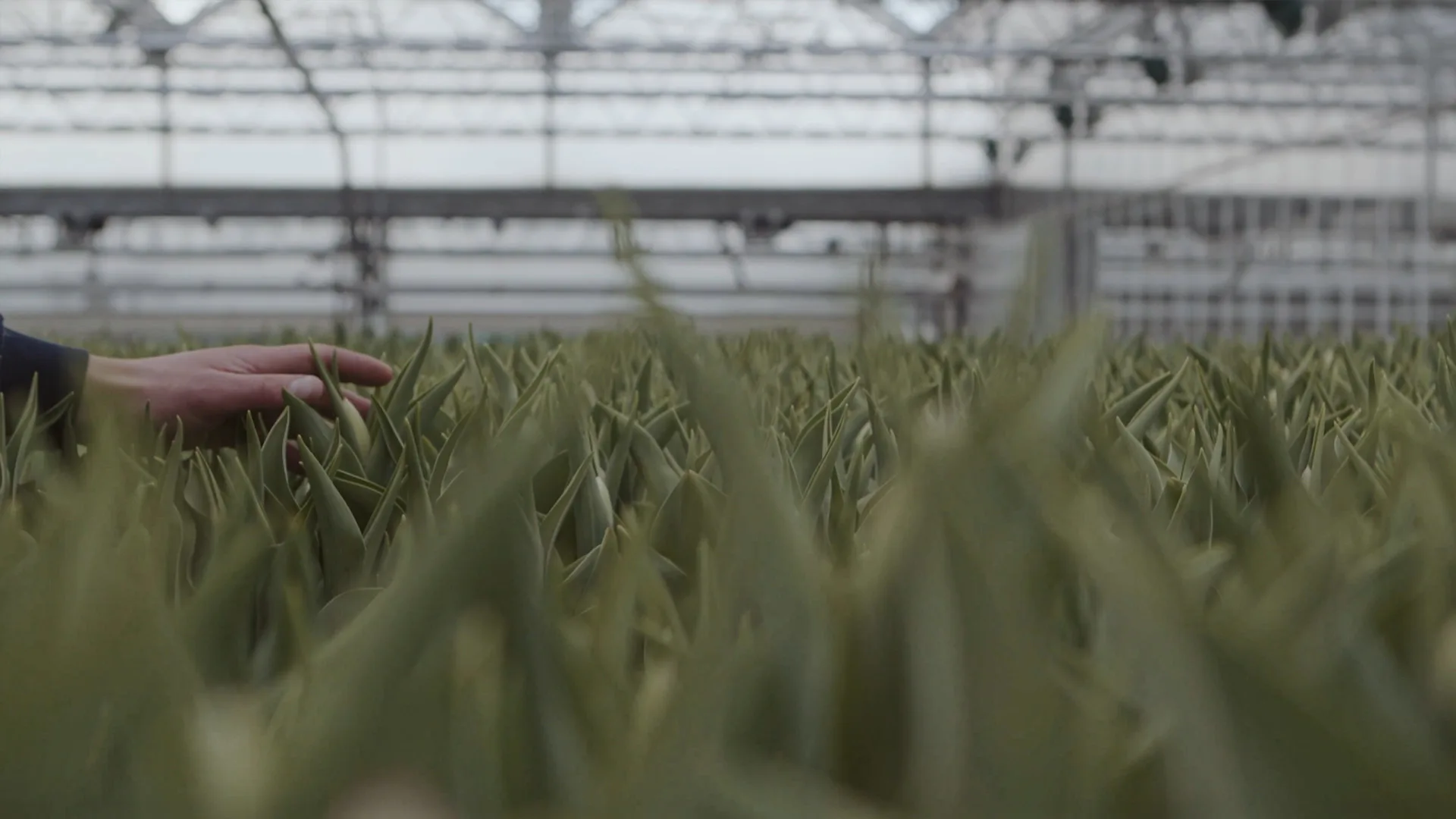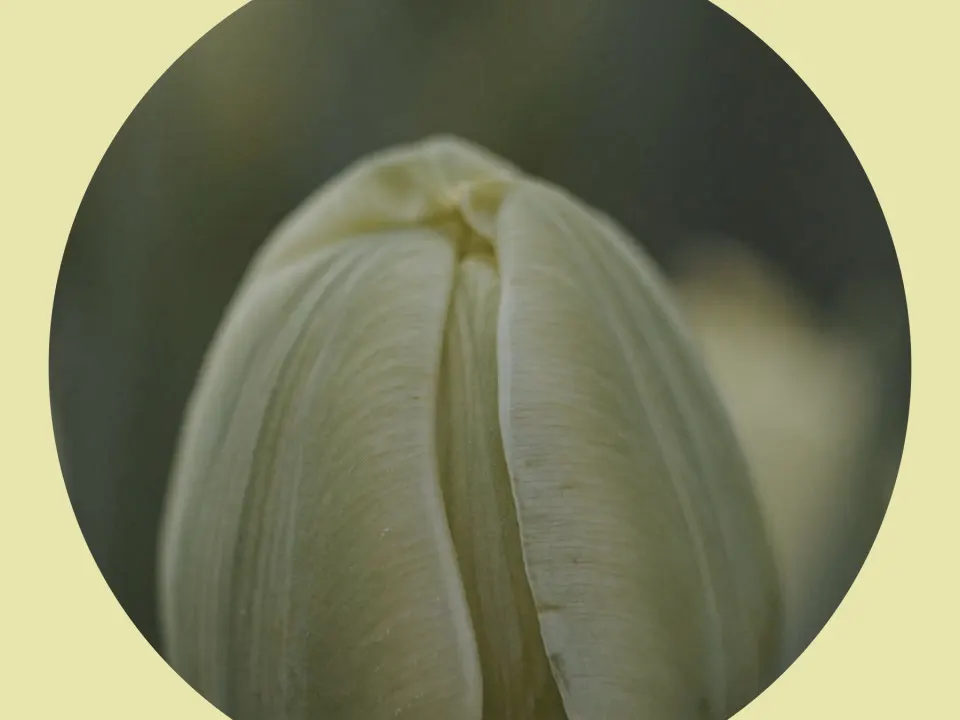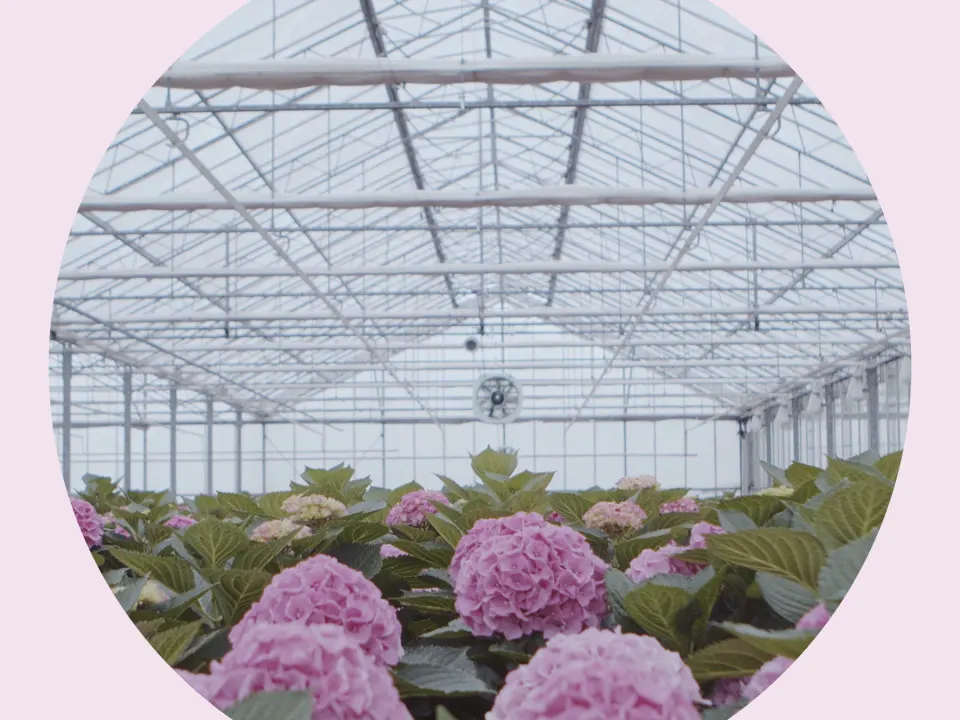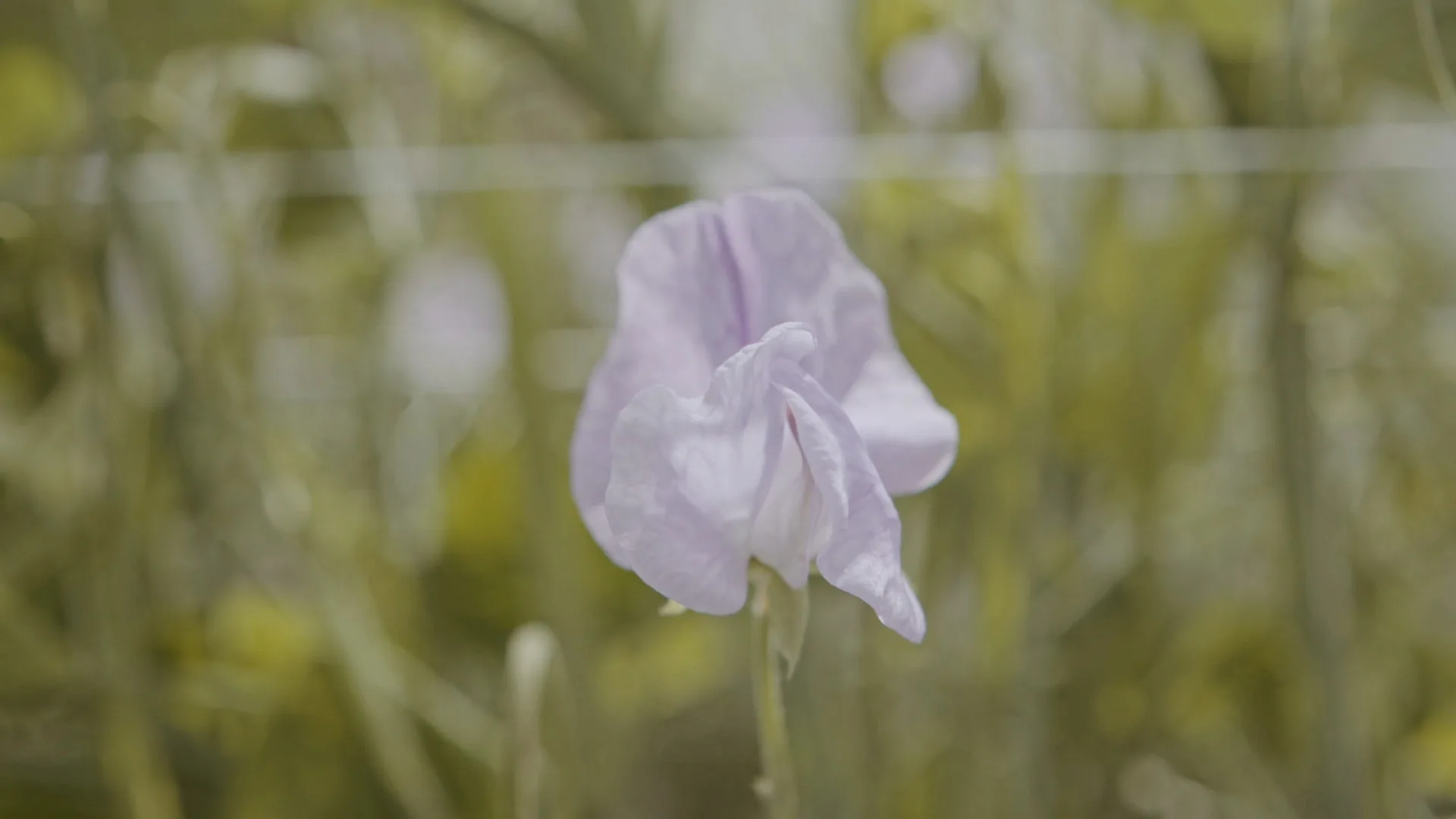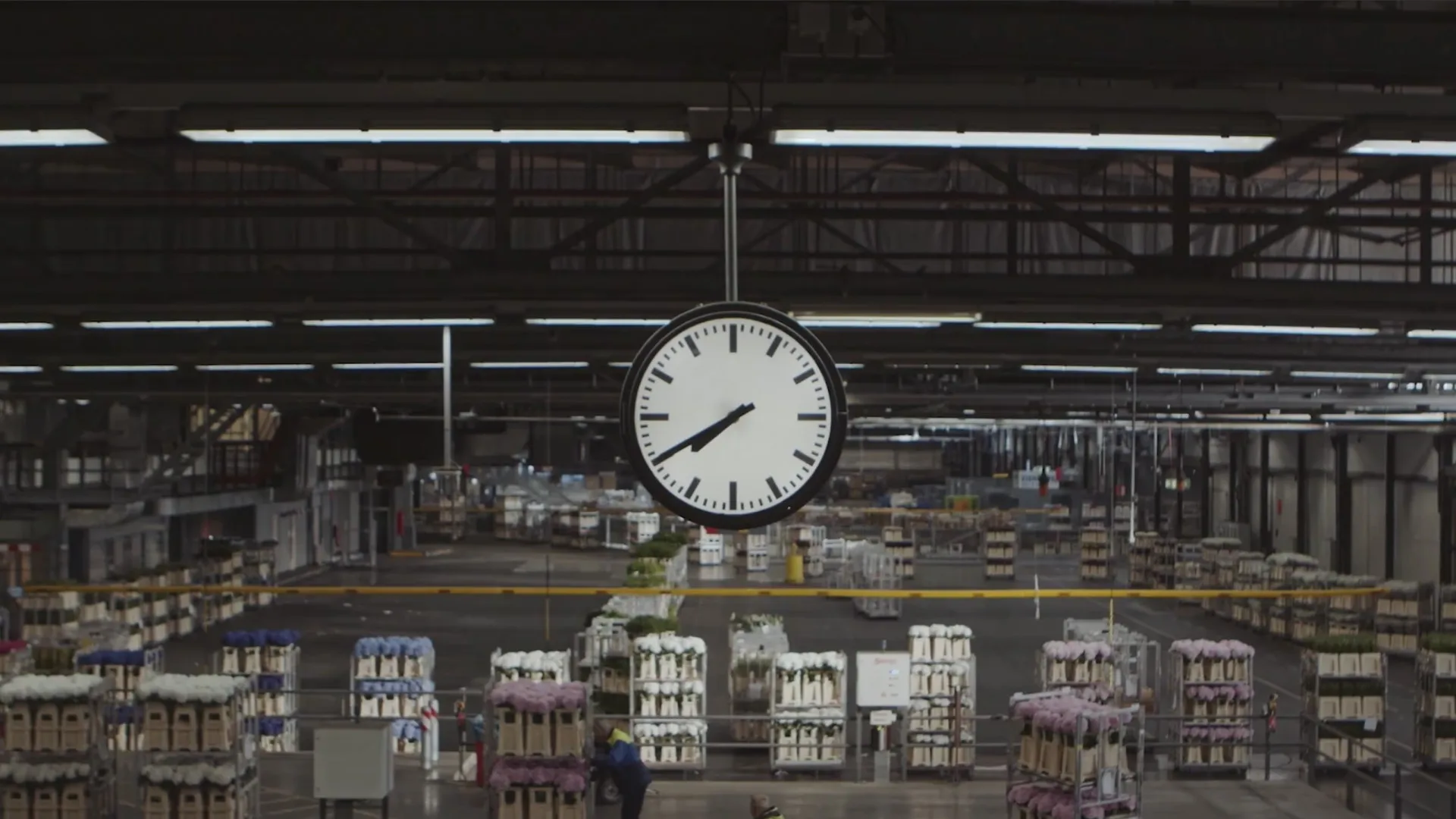ProFlowers in the Netherlands
Last Summer, ProFlowers traveled with a small film crew- COVID-safely- to the Netherlands to meet with the flower growers who contribute to our bouquets and learn how they make magic bloom. At the heart of ProFlowers are the local florists, and behind the scenes are the flower growers.
Bundling a bouquet entails far more than picking flowers through a meadow. Instead, the ProFlowers drove outside of Amsterdam, past the fields, to the world's second-largest building. This impressive complex houses the auction where flowers from all around the world- not just Dutch flowers- are sold and processed for delivery worldwide.
The hands-on expertise needed to grow these flowers is coupled with technology to produce them globally. It is manufacturing connected with Mother Nature; nature combined with nurture. These flowers can naturally grow in the wild, but only through this meticulous nurturing can we enjoy fresh Dutch flowers worldwide.
Understanding, no two flowers are the same, and neither is the process in which they're grown. Our team met with expert growers and their families, each specializing in one kind of bloom. Tulip bulbs need to be frozen, but hydrangeas love humidity; however, lathyrus takes twice as much staffing as the others; it is too much to organize under one greenhouse!
Follow the story to hear from the growers how they curate the perfect hydrangeas, tulips, and lathyrus, plus how these growers funnel their flowers to an auction system invented during the tulip craze centuries ago.
Tulips
Bart, who owns B & L Tulip Growers, produces over 10 million tulips each year in greenhouses on the northwest coast of the Netherlands. Growing tulips at scale is a uniquely difficult task because the bulbs need very cool soil temperatures to solidify roots before they can bloom, so thousands of planted bulbs must be organized in warehouse-sized freezers to grow year-round unlike wild or field grown tulips. Field grown tulips need a jump on the season by being planted in autumn before the soil freezes over. Tourist flock to the tulip fields during a short window in late spring, but we can enjoy Dutch tulips any time during the year thanks to growers like Bart.
They do, however, love open, sunny places with minimal shadow. Tulips planted in shadier areas will strain looking for light, resulting in a thinner, taller and weaker stem. Think of how a sunflower follows the sun throughout the day- same thing goes with budding tulips. Bulbs are prone to rot, so growers stay vigilant regulating temperature and humidity levels.
Bart experiments with new varieties every season to expand his selection. There are parrot tulips whose petals look like feathers, any color ombre imaginable, rainbow tulips, petals with frilled ends or petals that look like flames. Unlike lathyrus, which are dipped into water-soluble dyes, tulips are painted through absorbed dye diluted in water that travel up the stem, creating any color imaginable.
After blooming, the mother bulb will grow about five smaller daughter bulbs, which are then frozen for the next growing cycle. They’re not as delicate as lathyrus but are still always wrapped and shipped by hand. Tulips continue to grow for a little after they are cut, so Bart recommends giving them cold water and quality sun exposure for a longer-lasting bloom.
Hydrangea
A true family affair, ProFlowers met with a husband-and-wife team who grow Hydrangeas outside of Amsterdam along with their three sons. After 20 years of operation, the family has rarely left their farm, calling their job "the most beautiful in the world".
High humidity is the key to growing large hydrangea bushes, so greenhouses are kept warm and damp. Other than regulating temperature, it is a low-maintenance flower, forgoing even light intervention from heat lamps. The spring and summer months will bloom bright colors such as white, pink, blue, purple, and red, but if the grower decides not to harvest, it will change to darker autumn colors. ProFlowers visited in the summer, so the greenhouse was blooming with bright pink petals.
Hydrangeas are easy to trim, bundle and ship because their stem is more durable than most flowers. Back at the auction site, employees could handle them relatively rougher and use machinery to process them without compromising the flower's integrity.
The grower recommends you keep hydrangeas away from direct sunlight or drafts to extend the vase life. "If the flowers still go limp, you can cut an inch off the bottom and put the flowers back in the warm tap water with a nutrition packet," said the growers. They are a great flower to add volume to a sparse bouquet and are quickly dried out to enjoy for months to come.
Hydrangea Bouquets
Lathyrus
Lathyrus, or sweet pea, is a climbing plant grown in greenhouses built to accommodate the vine plant. They start in trays and are moved to soiled lines when their stems are ready to latch onto something. It could be anything- a wicker frame, sturdy netting, forgotten garden gnome, but expert growers use long ropes that hang from the ceiling.
The grower took over the lathyrus greenhouse from his father to grow with his own family. They also recruit seasonal workers during peak seasons because lathyrus is very delicate and can’t handle machinery. Maintaining a growing lathyrus is labor-intensive but worth the trouble walking through over 20 different colored lathyrus.
Point to anywhere on the color wheel, and there’s a lathyrus to match. If the color is too complex to grow organically, white ones are dip-dyed after picking to create wild colors and patterns. Lathyrus is resistant to disease and insects, saving him from applying different pesticides or worrying about losing a field from contamination.
Even though they’re a small, delicate flower, once the work is put into trim and gather carefully, they stunningly resemble a bunch of brightly colored butterflies landing on a bouquet, a flower as sweet as its namesake.
Auction
Outside of Amsterdam, past the suburbs and tulip fields, there is a building so big, it could apply to the township. It's one of the largest buildings in the world, second only to the Boeing manufacturing warehouse. What gargantuan task happens inside? Arguably the most beautiful industry: the Dutch flower trade.
The ProFlowers team maximized their view of this bustling system from the catwalk lining the building's perimeter. From their elevated vantage point, they witnessed how incredibly intricate the system is. Each shipment of flowers is bussed around on electric cars because gasoline engines' fumes damage the organic product. There's also non-verbal jargon the drivers learn to signal where they are going and when they are turning to avoid a colorful catastrophe. There's even an airbridge to funnel flowers from nearby growers directly to the facility.
The Dutch auction is where this massive operation is controlled. The bidding clock, evolving from a wooden dial, is now digital and moves quicker than a New York minute, where buyers all around the world bid quickly and precisely. Before the pandemic, rows of bidders sat around the command center, affixed on the digital clock that ticks down from the highest bid until the first bidder wins the lot.
Today, more than 60% of the world's trade in flowers and plants is bought through Dutch flower auctions. To maintain trading throughout the year, Dutch auctioneers import flowers during the winter months from tropical countries like Ethiopia, Kenya, Colombia, Ecuador, and Israel. This factor makes the Netherlands a crucial flower exporter and a key importer of flowers for Europe.
The sheer scale of this operation is something to marvel at, especially considering the world's flower supply depends on this facility's continuous function.


